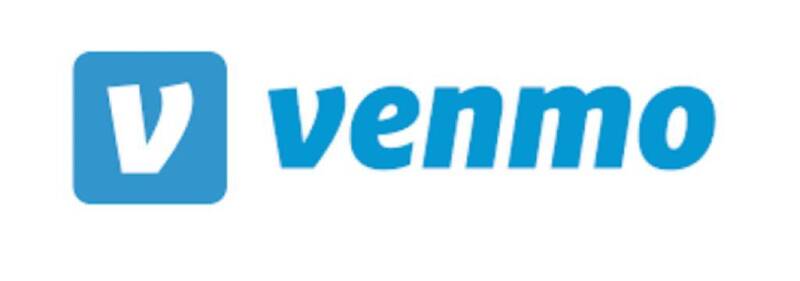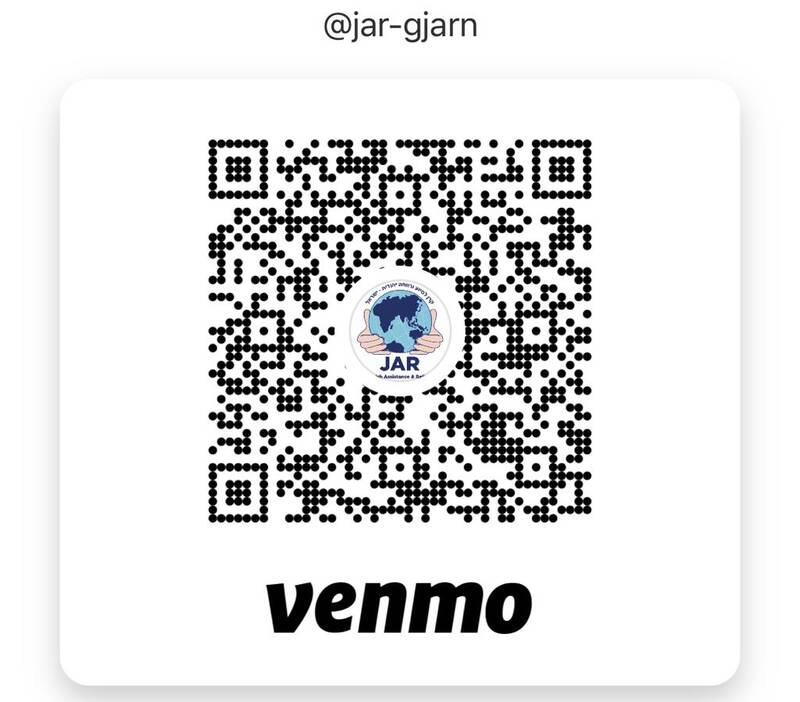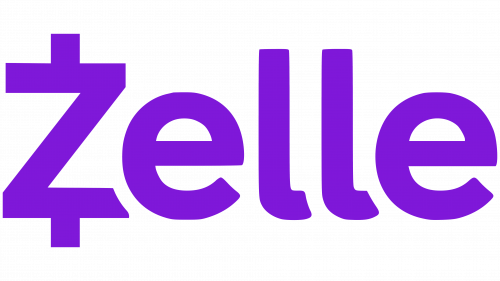-
Current Projects
- PESACH 'Maot Chittim'
- Support our brethren in Israel!
- Israel is at war and we desperately need your help!
- Come Help Us Make A Difference in ISRAEL!
- VIDEO FROM OUR VOLUNTEERS IN ISRAEL!
- Food Card for HOLOCAUST SURVIVORS in ISRAEL!
- Cong. Merkaz Sepharad (Brooklyn, NY)
- Beit Baruch Assisted Living Center for the Jewish Elderly - Dnepropetrovsk, Ukraine
- Angola
- Jewish Revival in Central Africa
- Ghana
- Ezrat Chana Baby Fund (New York)
- General Information
- Past Campaign
-
Past Projects
- Matanot Levyonim
- Chanukah in ISRAEL
- CHAG HASHAVOUT
- High Holidays Campaign for ISRAEL
- Goodbye to 2022 Fiscal year!
- Coalition for Disaster Relief
-
Return Of Jewish Communal Properties/Building Jewish Infrastructure (FSU)
- USDA Distributions
- Largest Network Of Free Soup Kitchens (FSU)
- American Jewish Medical Center (Ukraine)
- Free Pharmacy Clinics (FSU)
- The Democracy Rule Of Law Project (Ukraine)
- Introducing New Legislation (Ukraine)
- Creation of Israel's First National Food Bank
- The Prescription For Life Program (Israel)
- Free Shipping Grants (FSU)
-
Emergency
-
Peru
- Argentina
- Jewish Revival in The Far East
- 25 Years of Accomplishments (Overview)
- Community Clothing Collections and Distributions
- Coalition For Disaster Relief (International)
- Nigeria
- Kinshasa, D.R.C.
- Support For The IDF
- Welfare To Work/Friendship Circle (Israel)
- A Warm Winter Program (Israel)
- Support For The IDF During The 2nd Lebanon War
- English Resource Library (Israel)
- Youth at Risk (Israel)
- Cuba
- Yemen
- The Chaim Eliezer Tefillin Project (Israel)
-
Peru
- About
-
Blog
- Israeli Government Lauds THE FOOD CARD
- Poverty in the Land of Milk and Honey
- More than 90% of food assistance recipients in Israel would prefer the FOOD CARD
- What do all these organizations have in common?
- Only 7% of Israelis want to receive food from a food distribution center and Only 1% are happy to go to soup kitchen!
- The baby's vision is hopefully restored, the parents now need our help
- Understanding the Controversy Over Minister Kachlon's Recent Comments
- Rabbi's weekly Torah thought
- Get Involved
- Contact
25 Years of Accomplishments (Overview)
25 Years of Accomplishments (Overview)
1) Humanitarian Aid – As the Rebbe often quoted from the previous Rebbe, “In order to help a Jew spiritually, it is imperative to look after that Jews’ material needs as well. As it says in Pirkei Avos, “If there is no food, there is no Torah”. This has been one of the main missions of GJARN since 1989. (GJARN was founded in February 1992, but worked as a religious charity “Shaarei Chesed” for more than two years before.
Over the last 25 years, we have provided in excess of $180 million dollars worth of aid, in the form of food, clothing, medical supplies and pharmaceuticals to needy people in the Former Soviet Union, and lately in Eretz Yisroel.
In the scope of humanitarian work in the FSU, we are the largest and perhaps the most effective charity (Jewish and secular) only surpassed by the JDC, due to their nearly exclusive control over all Jewish institutional funding for overseas programs.
2) Building Jewish Communities – The humanitarian aid we have provided to the communities has greatly contributed to the prestige of the community and the Shliach, and in many cases, has been the catalyst for obtaining the return of Jewish communal property, as below (in brief). Additionally, GJARN sponsored several projects in the realm of JCC’s for several communities.
a)Some examples of properties and/or prestige we helped obtain for the local Jewish communities –
Dnepropetrovsk – (1993 – 1994) main school building (campus) given to Jewish community in recognition of 1,400 MT of butter and several containers of clothing and toys distributed to the general public.
Kherson – (1993-1994) the school building was given to the Jewish community in recognition of GJARN’s distribution of 200 MT of butter to the general community.
Dnepropetrovsk – (1994-1995) Shul of the Rebbe’s father (Reb Levi Yitzchok) returned at the request of Rabbi Kaminezki and myself to the governor at the time in recognition of our recent food distributions. The building is currently in use as the Tzivos Hashem Home for boys.
Minsk – (1994) Thanks to the distribution of 120 MT of butter, the local authorities recognized Rabbi Gruzman as the Chief Rabbi of Belarus and granted him use of the Synagogue
Kharkiv – (1995-1997) GJARN was influential in the decision of local and state authorities in their decision to grant the Shul complex to Rabbi Moskowitz and his community who were in a bitter fight with the President of the Jewish community, Mr. Khodos
Samara – (1999) As a result of providing the first container of humanitarian aid to the city, the local Rabbi was able to build a database of the Jewish community, identifying according to papers the Jewish status of each individual. Additionally, upon completion of the initial distribution, local community members took upon themselves the monthly support of the soup kitchen providing meals to 80 people daily.
Ekaterinburg – (1999) Upon receiving the first container of humanitarian aid shipment, Rabbi Ashkenazi was able to register his organization as an official humanitarian aid agency recognized by local authorities and allowed to receive and distribute aid to needy people. This was a major victory in getting official recognition of his community.
Zhitomir – (1999) By providing several containers of food aid and clothing shipments for distribution throughout Western Ukraine, the local FJC office was able to build solid relationships with more than 200 small villages and communities.
Dnepropetrovsk – (2001) The Jewish community was given an old school complex in the region where the American Jewish Medical Center (AJMC) is being built to provide a new and enlarged pre-school complex for more than 200 children. One of the factors in the decision to grant the complex was based on GJARN’s contribution in the region.
From 1998-2001, GJARN distributed in excess of 70,000 MT (154,000,000 lb.) of donated food to communities in Russia. Working in tandem with local Jewish communities, we ensured that all the aid distributed to Jewish communities were coordinated accordingly. Additionally, food aid provided to the general public was perceived as to have been presented by local Jewish communities.
Containers of humanitarian aid were also sent to cities in Belarus, Moldova, Kazakhstan, Uzbekistan, and many other cities in Russia and Ukraine. Our containers have helped Shluchim such as Rabbi Gurevitz in Tashkent to be recognized by local authorities. We sponsored camps, Passover Seders and many other projects throughout the years.
These are but some of the outcomes that come to mind and that I am aware of. I would not be at all surprised to learn that many similar outcomes are a result of our work.
b)Some examples of projects we sponsored
As early as 1993, GJARN sponsored projects in various cities of the FSU. These ranged from soup kitchens, to “Meals on Wheels” or “Milk and Bread” distributions. They also included partial sponsorship of summer camps, Seders, school supplies and uniforms, and other Holiday programs. More recently, the projects were on a larger scale and include full Jewish Community Centers and Soup Kitchens.
Riga – (1993) GJARN established the first soup kitchen located in the courtyard of the Synagogue in cooperation with Rabbi Glazman.
Kharkiv – (1993 –1994) A soup kitchen was sponsored
Dnepropetrovsk – (1992 – 1994) GJARN rented an entire floor of a youth hotel adjacent to the Old Shul and installed and maintained the expenses of a soup kitchen and dormitory facilities for Jewish students from distant regions of the city. The first two groups of bachurim who came there on Shlichus to help Rabbi Kaminezki also used the kitchen and dormitory facilities. After the kitchen closed down, GJARN continued to provide milk and bread packages to some 120 elderly residents for another two years, by which time, the local Chesed became fully operational and there was no need for duplication.
Moscow – (1993) In cooperation with Reb Izzy Kogan, we established the first “Meals on Wheels” program in the country. Initially, GJARN sponsored 300 packages monthly, and with time, local businessmen got involved in the project and it expanded to a point it was distributing in excess of 10,000 packages a month. The program continues today with funding by the RJC and JDC.
Zhitomir – (1994-1995) partially sponsored construction of the Mikvah
S. Petersburg – (1999 – 2000) GJARN partially funded the establishment of kosher food processing facility which currently produces 700-800 meals daily for distribution to Jews in remote parts of the city. The facility has the capacity to prepare in excess of 3,000 such meals daily if there would be an organization to sponsor the meals. These meals can be refrigerated and used for up to 30 days.
Kherson – (2000) Provided funds to begin Synagogue restoration
Kiev – (2000 –2001) GJARN partially sponsored the construction of both Mikvaos at the main Brodsky Shul.
Berdichev – (2000 – 2001) GJARN built the 2nd floor to the new building next to the Shul, which housed the Mikvah on the first floor. The 2nd floor is used as classrooms for young children on Sunday, for an ongoing Yeshiva and for community outreach. It also contains a library sponsored by the Joint.
Kharkiv – (2001) GJARN sponsored the Jewish Community Center located in the ground floor of the Shul complex currently being renovated with your assistance. Our JCC, contains a modern soup kitchen which prepares up to 1,500 meals a day (including 1,000 meals for home delivery) and classrooms for the Machon for girls, a computer lab for children of both schools and the Jewish community at large, conference rooms and a pharmacy, also sponsored by GJARN.
S. Petersburg – (2001) GJARN sponsored the new soup kitchen and dining hall located at the newly renovated Shul.
Samara – (2001 – 2002) GJARN sponsored the new, modern soup kitchen and Community Center at the old Shul, enabling the community to serve up to 300 people daily.
Odessa – (2001 –2002) At the request of the Shliach, GJARN entered into a relationship with the local Children’s Center for Rehabilitation, originally providing a monthly stipend allowing the Center to remain open and with plans to begin sending specialists there to further improve the center and its treatment to needy children. (Due to financial difficulties this past year, we have not been able to meet our obligation to this center).
Kherson – (2002) Financed restoration of community Mikvah
3)Democracy, Civil Society and Sustainable Communities
From 1993-1996, GJARN sponsored seminars and training resources for NGO leaders throughout Ukraine in management, civil society, fund raising, lobbying and everything that is needed for NGO’s to operate in a changing and emerging democracy and environment.
As a result of these efforts, hundreds of organization improved their outreach to their constituents and became more productive.
Associations for the disabled were formed brining together diverse groups from across Ukraine and laws were drafted, enacted or enforced to provide new resources for this segment of the population.
4) Other Projects in the FSU - In addition to the above projects, GJARN started two major projects, the only ones of its kind, anywhere in the FSU or perhaps even the world.
a)Old Age Home – Dnepropetrovsk, Ukraine - - In partnership with the local Jewish community, GJARN established the first assisted living facility for elderly Jews in the FSU. This state of the art facility currently has 54 residents with another 46 expected to move in over the course of the next year. From all the professionals who have visited so far, the acclaim is that there is no facility such as this anywhere in the world. I’m sure if you visit, you would share this view. GJARN was responsible for 1/3 of the set up costs but is responsible for 2/3 of the ongoing maintenance expense.
b)The American Jewish Medical Center – (Dnepropetrovsk) This 70,000 sq. foot medical complex is nearly complete at a cost of more than $3,000,000. Due to the slow economy however, we have not been able to raise the $2.5 million needed for the purchase of medical equipment and supplies, let alone, set aside funds for subsidizing operating expenses. Once it opens, there will be nothing like it in the entire FSU. We are now in a position where we have to decide whether we leave it unfinished as is, or to look for a strategic partner who will provide the necessary funds but turn it into more of a for profit center to service the needy.
5) Israel’s national food bank – In the past three years, we have gone to great lengths in seeking an answer to Israel’s climbing poverty and the growing number of families living below poverty. In the course of our research, we discovered that tremendous amounts of food in Israel is regularly disposed in the absence of a nationally recognized and transparent food bank system. Approximately two years ago, we embarked on a truly ambitious project, that of establishing such a food bank along the ways of Second Harvest and Food for Survival here in America and New York respectively. While we have not reached our ultimate goal yet, Bank Mazon has distributed more than $4,500,000 of locally donated food and services to some 150 – 160 organizations who in turn, distributed food packages to more than 35,000 families. This process is ongoing. We need to expand to fresh fruit and vegetables and even unused food from caterers and restaurants, similar to City Harvest here in New York. We have the know-how and vision, but we simply do not have the financial capability to continue, let alone expand.
Beginning the week of October 21, 2002, the Israeli army began a pilot program of providing all leftovers from army kitchens to be picked up by local organizations and soup kitchens. On October 24th, under the direction of GJARN and LaSova (soup kitchens in Tel Aviv area), a special forum was held for all soup kitchens in Israel, making them aware of this new program and to help them avail themselves to it.
We have also initiated a special project in partnership with Lasova, providing monthly debit cards to needy Israeli families in a cost-effective and dignified way. For more information, please visit our site. www.jarisrael.org
It is our sincere belief, that these project will make a major difference in the lives of the 1.4 million Israelis living below poverty. We firmly believe that within a short period of time, we will find enough resources in the “land of milk and honey” to feed all of Israel’s hungry.
We equally believe that our model of transparency and accountability will change the manner in which Israeli charities operate and account for their intake and services. Of the 3,000 + registered charities in Israel today, a mere 15% are deemed to be legitimate. Achieving a change in these figures is no less important than providing the food packages to the needy.
6)Feed A Family – This soon to be completed project will enable Jewish families for the very first time to choose and sponsor families of the FSU, Israel, Cuba, Brazil, Argentina, Uruguay and other countries to be added as the program expands, similar to the secular charities such as Save the Children, World Vision, Catholic Relief Services and others. What makes our project unique is the following:
a)We have a live database of more than 1 million needy Jews
b)It is the first project of its kind in the Jewish philanthropic world
c)Working with Jewish communities worldwide, we can provide direct relief services unmatched by any Jewish organization
d)We have set up in the program the possibility for schools, and communities to participate and benefit from the program
e)Benefactors will receive monthly reports from the beneficiaries they support acknowledging receipt of their monthly package
None of this happens in a vacuum. For GJARN to move forward and succeed in these endeavors requires the financial commitment of people such as you who can appreciate the programs in place and the potential of those still in infancy. Based on the tremendous donation in kind donations we receive in the form of government grants of food and other programs, the actual dollar ratio and value of any donation is at least 10 to 1. Over the past twelve years, we have only spent up to six percent of all funds on administration. With your help, we can continue. Without it, … let’s hope for miracles.
Fri, April 26 2024
18 Nisan 5784
Donate to your Choice Charity from the following programs!
*Israel is at war and we desperately need your help!
*Make Donation to Orphans and needy families in ISRAEL

@jar-gjarn

-

-
shlomo@globaljewish.org
-
-
Update this content.
Keep in Touch!
*Join Our Mailing List
A Thought for the Week
Shabbat Shalom







